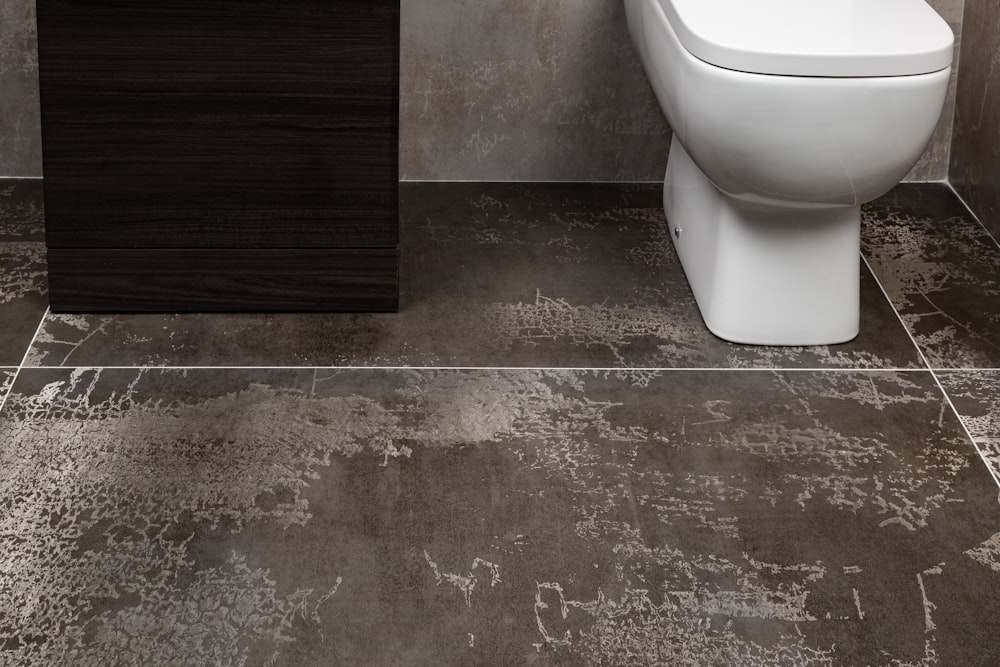The Characteristics of an Extractor Fan
 When you are remodelling your bathroom, do you need to install an extractor fan? If so, what should you look for? This article explains the basic things you need to know about bathroom extractor fans.
When you are remodelling your bathroom, do you need to install an extractor fan? If so, what should you look for? This article explains the basic things you need to know about bathroom extractor fans.
In the UK, building regulations specify that all new kitchens, utility rooms, bathrooms and toilets require you to install an extractor fan. This is also true if you are converting a room in your house to one of the above rooms. As a basic guide, if you install a fan into a kitchen or utility room it should be a 6 inch, or 150mm, fan, and for a bathroom or toilet it should be 4 inch, or 100mm. This measurement refers to the diameter of the spigot, or pipe, that sticks out of the back of the fan.
Once you’ve decided what size fan you need for the room in question, you have lots of choices to make about the functions that the fan will perform. Normally a bathroom fan will be wired into the lighting circuit, so that it goes on and off with the light. It can also be wired into a separate switch. For kitchens, and sometimes utility rooms, a pullcord on the fan itself is used, as the fan isn’t always required whenever you are in the room.
A basic fan will just come on and off as required, but you may, especially in a bathroom or toilet, want a fan with an over-run timer. This means that when you leave the room and turn the fan off, the timer starts, so that the fan continues to run for a pre-set time, usually between 3 and 25 minutes.
In a room where you get lots of condensation, such as a bathroom or showeroom, or a utility room with a tumble dryer, you may want a fan with a humidity sensor, or humidistat. If an extractor fan has a humidistat, then it will turn on automatically when the condensation level in the room reaches a certain level, and go off again when it drops below that level. This will happen even if you haven’t turned the fan on! This feature is particularly useful in a very light room, i.e. one where you don’t always switch the light on, or in a rental property where you want to be certain that the fan is used to prevent build up of damp and mould.
You should also try to get the most powerful extractor fan you can. Building regulations specify a minimum of 6 litres per second for toilets, 15 for bath or showerooms, 30 for utility rooms and 60 litres per second for kitchens. Generally, the more powerful a fan is, the noisier it is, but these days you can get some very quiet ones that are also powerful. Anything around 25dB is basically silent, 35dB is mid-range, and anything above 45dB you will definitely be able to hear!
Finally, if you are installing near water, for example in the shower, or within 60cm of the edge of the bath, shower or basin, then you will need to buy a low voltage extractor fan, which are generally more expensive than standard bathroom extractor fans.
Now you are armed with the knowledge, you can go and buy the right extractor fan for your circumstances!










